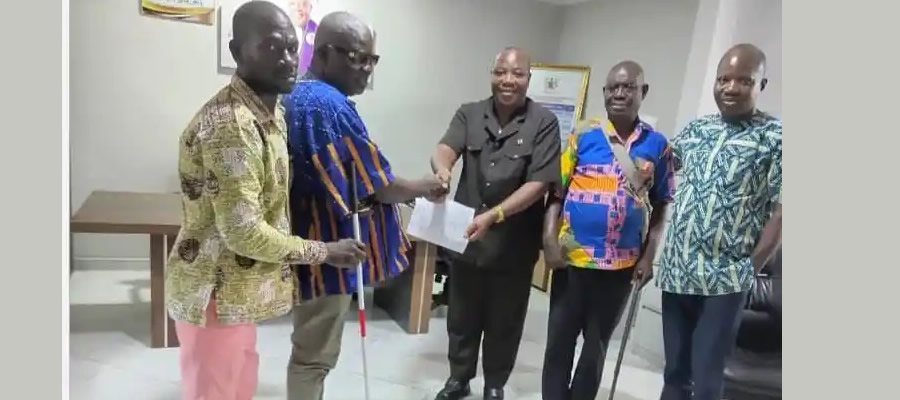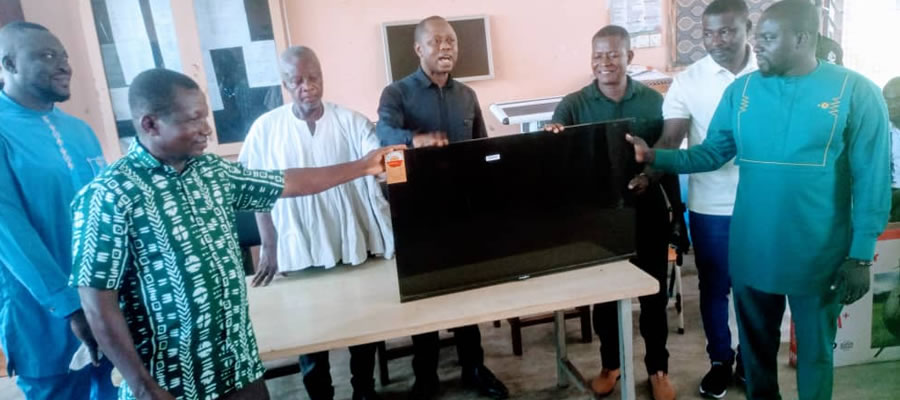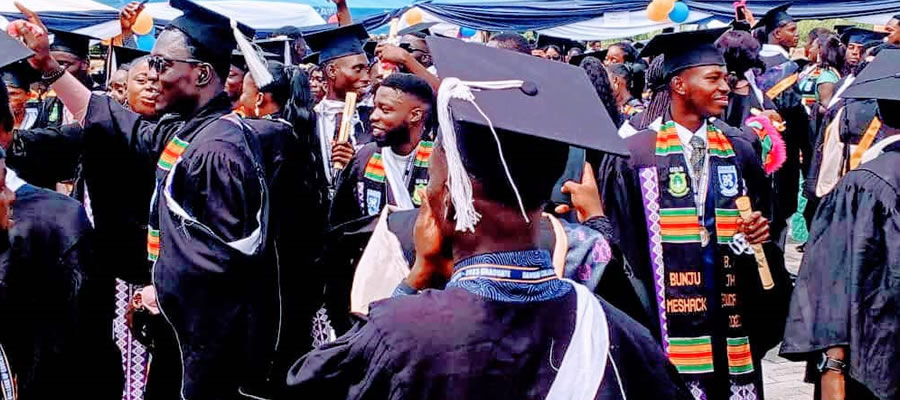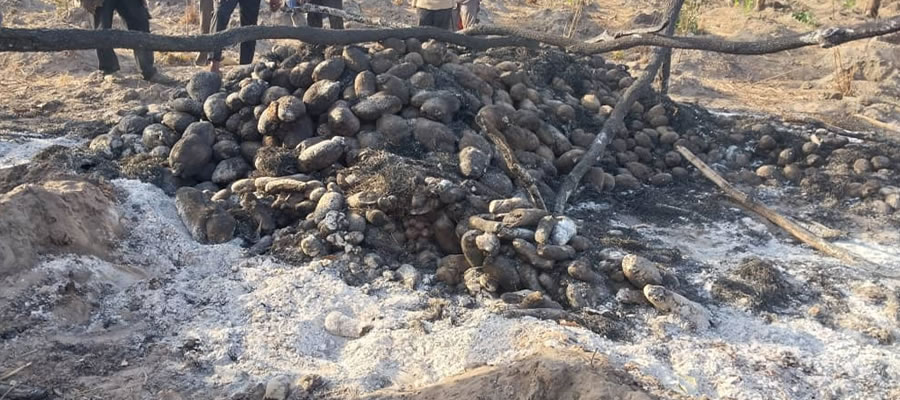

Good Governance
This describes the established structures and processes which promote and guide development in the District, There are two main systems of governance in the Municipality. These are the traditional system with established chiefs and or queen mothers presenting communities and or clans. The Municipal traditional governance is led by the paramount chief Nana Krachi Wura who is resident at Krachi and over sees all the communities in the District.
He however has appointed representatives in communities all over the District. Directly below the representatives are the elders and Queen mothers. Also significant in the hierarchy are Clan Heads and family elders. The next in the hierarchy are opinion leaders who mostly represent various interest groups in the communities. These people play various roles in the management of development projects and fostering peaceful co-existence in the various communities.
Institutional Framework for Local Governance
The various legal frameworks which guide local development in Ghana includes: the Civil Service Law-, 1993 (PNDC Law, 327), the National Development Planning System Law, 1994, (Act 480) and the Local Government Law, 1993 (Act 462). These enactments place emphasis on District Assembly in order to reinforce the attainment of total decentralization and participatory development.
According to the National Development (System) Law, 1994, (Act 480), all District Assemblies are to submit District Development Plans to the Regional Coordinating Councils which will intend harmonize the plans with the national development policies and priorities for consideration and approval by the National Development Planning Commission. There is therefore a vertical relationship between the National Development Planning Commission at the National level. Regional Planning Coordinating Council at the Regional level and the District Assembly at the District level.
The District Assembly as Planning Machinery
Krachi East Municipal Assembly is the highest Political and Administrative body in the District. The Assembly is made up of Twenty two (22) Member General Assembly consisting of thirteen (13) elected members, seven (7) government appointees and the District Chief Executive and one Member of Parliament,
The General Assembly has both Deliberative and executive functions presided over by the Presiding Member who is elected by at least Two-thirds of the members of the General Assembly from among themselves. The Assembly works through its Executive Committee with seven members and the Municipal Chief Executive as its chairman.
Date Created : 11/23/2017 7:59:41 AM











 facebook
facebook
 twitter
twitter
 Youtube
Youtube
 +233 593 831 280
+233 593 831 280 0800 430 430
0800 430 430 GPS: GE-231-4383
GPS: GE-231-4383 info@ghanadistricts.com
info@ghanadistricts.com Box GP1044, Accra, Ghana
Box GP1044, Accra, Ghana